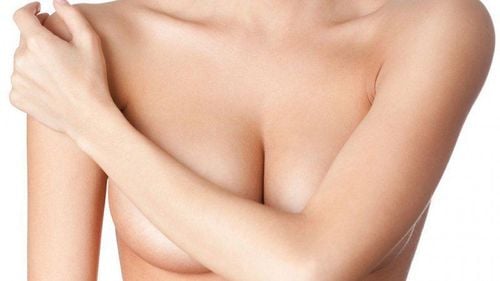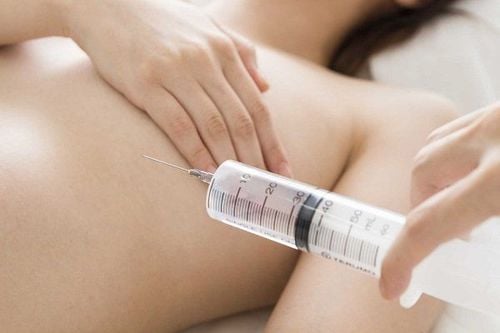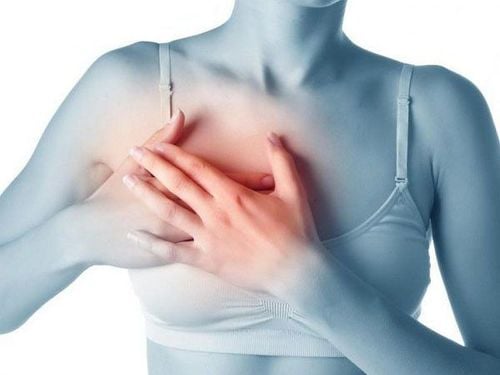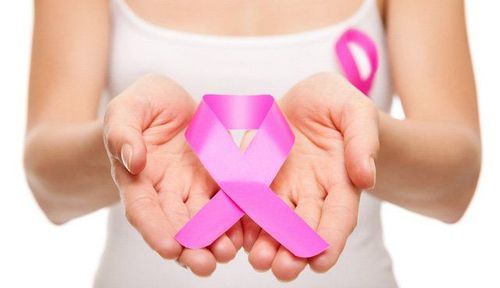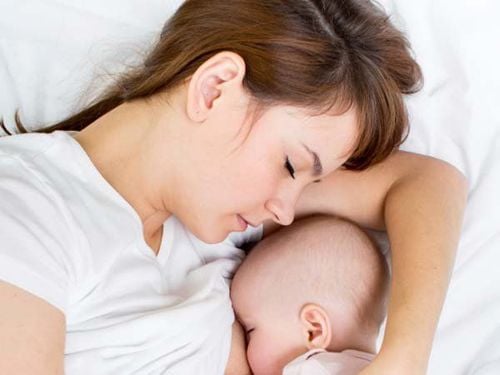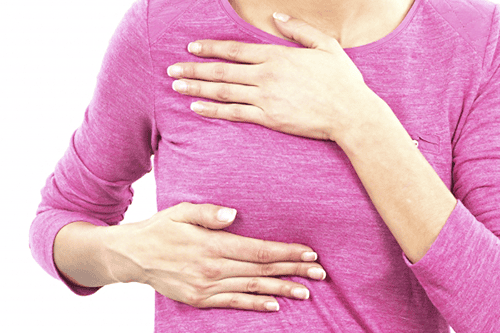This is an automatically translated article.
This article was professionally consulted with Specialist Doctor I Truong Nghia Binh - Obstetrician - Gynecology Department - Vinmec Da Nang International General Hospital.Mastitis is a condition in which a woman's breast tissue becomes painful and inflamed. This condition is most common in breastfeeding women, usually within the first three months after giving birth.
1. Causes of mastitis
Milk trapped in the breast is the main cause of mastitis. Other causes include:Clogged milk ducts : If the breasts are not completely emptied after feeding, the milk ducts may become blocked. The blockage causes milk to flow upstream, leading to a breast infection. Bacteria entering the breast: Bacteria from the surface of the baby's skin and mouth can enter the milk ducts through a crack in the nipple or through the opening of the duct. Milk stagnation in the breast creates a favorable environment for the reproduction of bacteria. Chronic mastitis and a rare form of cancer called inflammatory carcinoma: Chronic mastitis occurs in women who are not breastfeeding. In postmenopausal women, breast infection may be related to chronic inflammation of the ducts under the nipple. Hormonal changes in the body can cause the milk ducts to become blocked. Blocked ducts cause the infection to spread. Infections tend to recur after antibiotic treatment. Breast infections most commonly occur one to three months after the birth of a baby, but they can occur in women who have not given birth and in women after menopause.
In nursing women, mastitis is usually caused by a buildup of milk inside the breast. This is called engorgement. Breast retention can happen for a number of reasons, including:
The baby is nursing in the wrong position or in the wrong way The baby has a problem with sucking Irregular nutrition or lack of nutrition In some cases, This milk buildup can also lead to bacterial infections. This is called infective mastitis.
In non-breastfeeding women, mastitis usually occurs when the breast becomes infected due to damage to the nipple, such as a cracked or sore nipple.
In healthy women, mastitis is rare. However, women with diabetes, chronic disease, AIDS, or a weakened immune system are more likely to develop the disease.
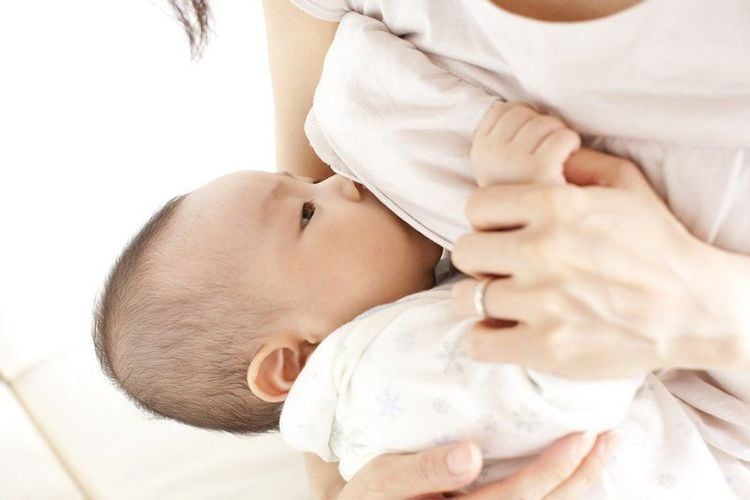
2. Signs and symptoms of mastitis
Mastitis usually affects only one breast, and symptoms often develop quickly. Symptoms of mastitis can include:A red, swollen area on the breast; may feel hot and painful to the touch A breast lump or a hard area on the breast Burning pain in the breast may be constant or may only occur during breastfeeding Nipple discharge, which may be colored white or streaked with blood The mother may also experience flu-like symptoms, such as aches and pains, high temperature (fever), chills, and fatigue. Abscess: A breast abscess can be a complication of mastitis. Noncancerous tumors such as abscesses are usually softer and often feel mobile under the skin. Signs of a more serious infection include: Soft lump in the breast that doesn't get smaller after breastfeeding (if the abscess is deep in the breast, it may not be felt); pus discharge from the nipple; persistent fever and no improvement in symptoms within 48-72 hours of treatment
3. Warning symptoms need to see a doctor right away
See your doctor immediately if you feel any suspicious lump, whether you are breastfeeding or not. Specifically, the following symptoms:There is any abnormal discharge from the nipple. Breast pain, difficulty in daily living. Breast pain that lasts, with no explanation. Are there any other related symptoms such as redness, swelling, pain that interferes with breastfeeding, lumps or soft lumps in the breast that don't go away after breastfeeding.
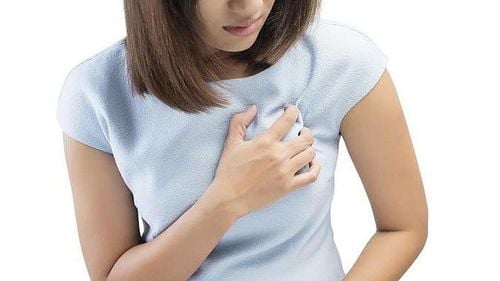
Patients may need to be evaluated in a hospital emergency department if breast pain is associated with other signs of infection (such as fever, swelling, or redness in the breast). The following symptoms require urgent treatment:
High fever that persists for more than 101.5°F Nausea or vomiting that prevents you from taking prescribed antibiotics Pus draining from the breast Red streaks extending towards the wings hands or chest Dizziness, fainting or confusion
4. Prevention
Minimize your chances of getting mastitis by following these tips:Full release of milk from the breast while breastfeeding. Allow your baby to suck on one breast completely before switching to the other. Change positions to breastfeed for different feedings Make sure your baby latches on properly during feedings. If the mother smokes, ask your doctor about quitting.
5. Breast infection tests and tests
Diagnosis of mastitis and breast abscess can often be made based on physical examination.If it is not clear whether a mass is due to an abscess or to a solid mass such as a tumor, a test such as ultrasound may be done. Ultrasound may also be helpful in distinguishing between simple mastitis and an abscess or in diagnosing a deep abscess in the breast. This non-invasive test allows the doctor to directly visualize the abscess by placing the ultrasound probe on the breast. If an abscess is identified, aspiration or surgical drainage and antibiotics are usually indicated.
Cultures can be taken from the mother's milk or pus removed from the abscess through a syringe to determine the type of bacteria causing the infection. This information can help your doctor decide which antibiotic to use.
Non-breastfeeding women with mastitis, or who do not respond to treatment, may have a mammogram or a breast biopsy. This is a preventative measure for breast cancer, although mastitis is rare.
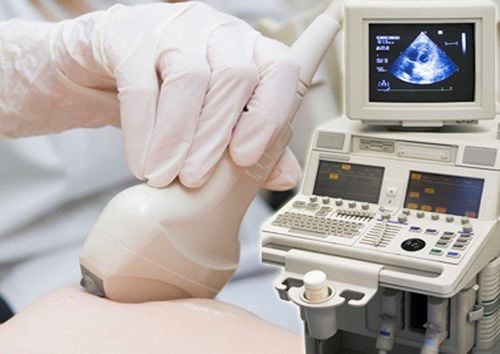
6. Treatment of mastitis
Mastitis can often be easily treated, and most women make a full recovery very quickly.Measures are given as follows:
Get plenty of rest and drink plenty of fluids Use over-the-counter pain relievers, such as paracetamol or ibuprofen, to relieve pain or fever Limit tight clothing, including bras until your symptoms improve If you're breastfeeding, continue to feed your baby and make sure they're properly attached Breastfeed your baby with mastitis, even if there's an infection , will not harm the baby and may help improve the mother's symptoms. The mother should breastfeed more often, express milk left over after feeding, and express milk between feedings.
For non-breastfeeding women with mastitis and nursing women with suspected infection, a course of antibiotics will usually be prescribed to control the infection.
Please dial HOTLINE for more information or register for an appointment HERE. Download MyVinmec app to make appointments faster and to manage your bookings easily.
The article references mayoclinic.org, nhs.uk, webmd.com sources.




